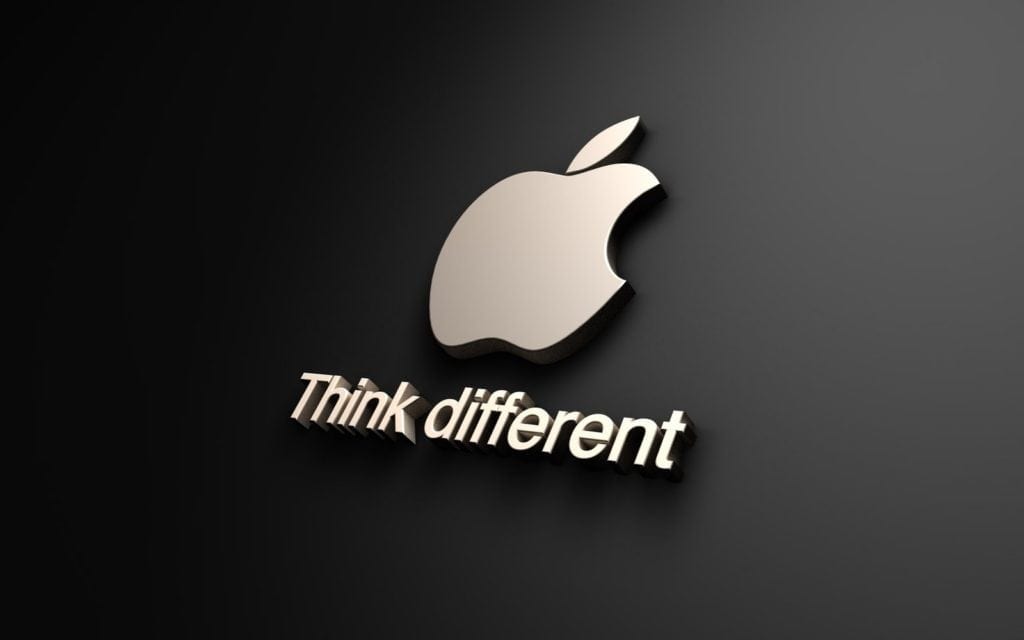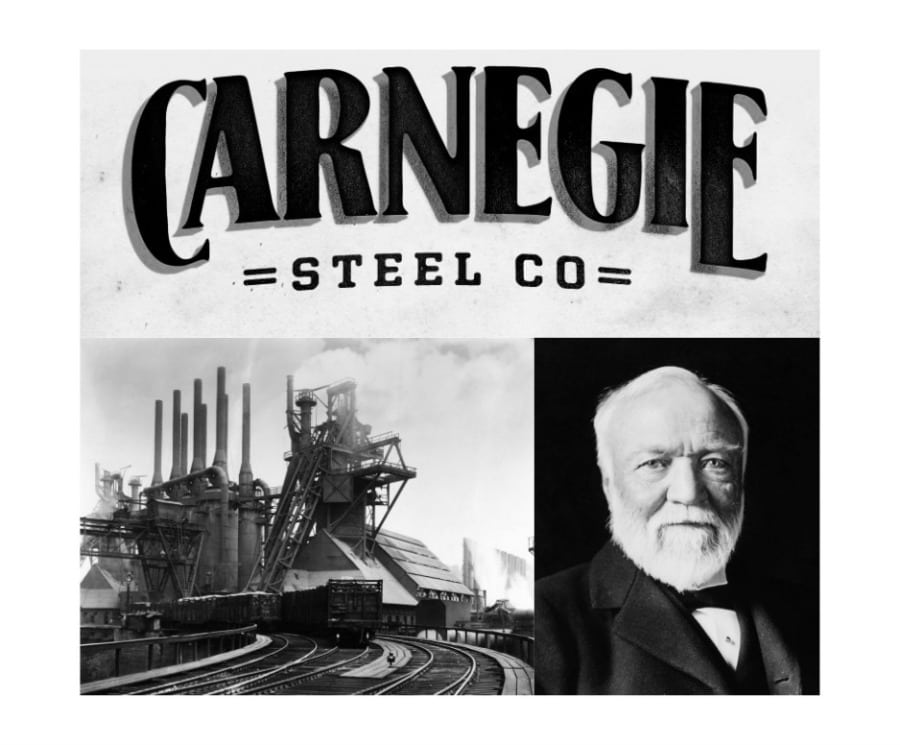Vertical integration refers to the business strategy where the company acquires or merges with other companies at different stages of production or distribution channel in the same industry. In other words, it acquires business operations within the same production vertical. This could be forward or backward in nature.
It is the merging together of two businesses that may be at different stages of production, for instance, an oil exploration company and a retail chain of gas stations.
In a three-tier model, it refers to the manufacturer, wholesaler, and retailer. A company that acquires or expands into a manufacturing facility is called to have integrated backward whereas; one that expands forward, thus establishing its presence into distribution is known to have conducted forward integration.
The most popular and relevant examples are from the oil industry dating back to the 70s and 80s when many of the oil exploration companies that dealt with the extraction of crude petroleum started acquiring downstream refineries and distribution networks. This meant being in complete control of bringing oil from Alaska or North Sea all the way to the vehicle’s fuel tank.
Best Vertical Integration Examples
A vertical integration is a type of growth strategy for businesses. Here are some of the best examples of vertically integrated firms are:
1. Apple:
Apple uses an integration software and hardware approach and has excelled the vertical integration model over the years. The company designs the hardware and software of both the iPhone and the iPad including the device processors.
Eventually, mobile computing continues being streamlined through various competencies being employed in areas of procurement, manufacturing, and supply chain.

2. Dell Computers:
The idea was taken a notch ahead in the 90s when Michael Dell, the founder of Dell Computers coined and implemented the term ‘virtual integration’ using the concept of technology and vertical integration.
He combined the characteristics of the virtual organization with the traditional vertical integration of the supply chain in doing so. It started assembling computers using parts acquired from other firms and maintained a relationship with firms through exchanges of information which Dell described as a ‘tightly coordinated supply chain’.
Thus, it went beyond the traditional sense of links established between the buyer and supplier.

3. Carnegie Steel:
This has been another example of vertical integration of the 19th century. It controlled the manufacturing end for steel factories and owned mines that extracted iron ore and coal from mines other than the railroads that managed distribution all the way to the factories.
Furthermore, it also owned the ships that transported iron ore as well as the mills that produced steel. The company was renowned to be a very efficient entity.

Advantages of Vertical Integration
Vertical integration leads to several advantages such as:
- It creates avenues for economies of scale by reducing the production cost,
- The access to inputs can be controlled other than quality,
- Times of delivery of the raw material can be managed well and with absolute accuracy, leading to well-timed stock turnover rates,
- The after sales service and distribution channels can be made for an efficient creating room for achieving excellence in facilitating great customer service,
- Having less competition through increasing barriers to entry for new entrants by being able to control cost as a result of reducing it because of a total control on suppliers and distributors,
- Profit repatriation and crowdsourcing in various business operations to leverage what can be referred to as ‘question marks’ in the Boston Matrix for instance.
Disadvantages of Vertical Integration
At the same time, there could be several disadvantages too of vertical integration:
- Flexibility could be greatly reduced by business ventures previously involved in downstream or upstream investments,
- Product variety could become stagnant in case of significant development being needed within the company,
- Monopoly power through market entry barriers that could lead to a slack in product quality as a result of limited or no competitors as all thereby significantly resulting in anti-trust as well,
- Inelastic demand for products that could make consumers pay high prices.
Vertical integration implies that a particular company controls the component parts as well as the finished good. However, market conditions and the economy also determine whether it would be beneficial or not or even beneficial in the long run for which extrapolation must be done.
Last modified: July 8, 2025


